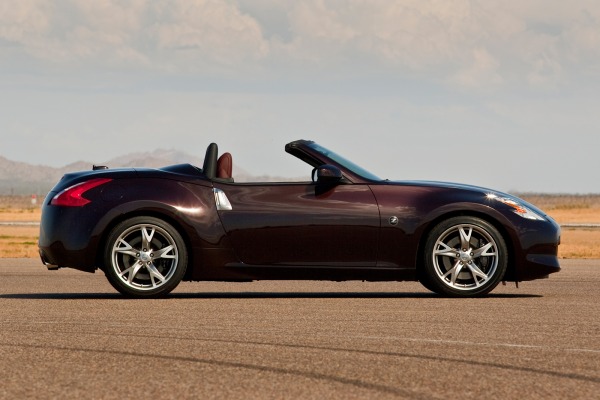
What's the difference between a hatchback and a wagon? A crossover and an SUV? We often get these questions from our readers. If you have a hard time telling the difference between a wagon and a hatchback, don't despair. It's tough for us as well.
It seems that automakers have intentionally made it difficult to classify vehicles. Why? They want their cars to stand out, and will often try to market a vehicle as a new category.
Mercedes-Benz advertises its CLS-Class sedan as a "four-door coupe." It's a great-looking car with a diving roof line, but the four-door coupe category doesn't really exist. BMW was also guilty of this sort of colorful naming when it presented the X5 as a Sports Activity Vehicle (SAV) rather than as a more recognizable SUV.
To help you sort through this auto industry jargon, we've gathered the various vehicle categories on our site and translated them into user-friendly terms. Keep in mind that these are broad definitions, meant to ease the confusion of shopping for a vehicle. Some categories will be open to interpretation and, in some situations, a vehicle can occupy multiple categories. For example, the Mercedes-Benz E-Class is offered as a sedan, coupe, wagon, diesel and convertible.
Ultimately, the name of the category isn't as important as the utility that a vehicle provides you. Take the time to research and find the right car for you.
Convertible:

If you can drop the top to feel the wind in your hair, the car is a convertible. Convertibles, sometimes called cabriolets or roadsters, come with either a soft folding top or a retractable hardtop. A few examples of convertibles are the Audi A5 cabriolet, Ford Mustang convertible and the Mazda MX-5 Miata.
Coupe:
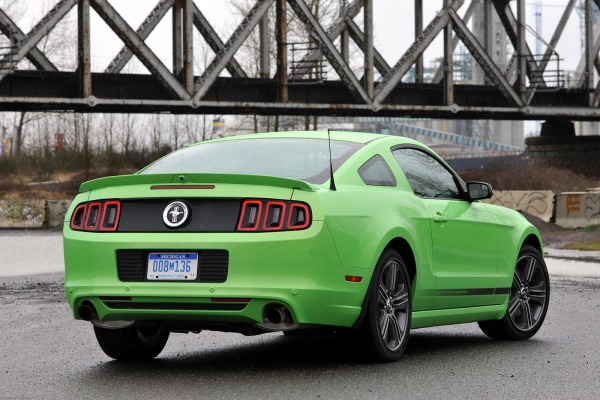
A coupe has two doors and a conventional trunk or a sloping back with a hinged rear cargo hatch that opens upward. Cars with removable roof panels like the Chevrolet Corvette are still considered coupes rather than convertibles.
Crossover:
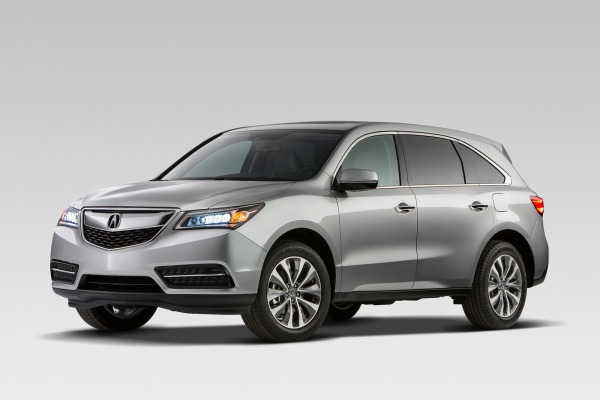
Crossovers are tall wagons and SUVs that are based on a passenger-car platform's architecture (as opposed to a truck's) for improved ride, comfort and fuel economy. They come in all sizes, and many offer a third-row seat. A light-duty four-wheel-drive or all-wheel-drive system is usually optional. A few crossover examples are the Acura MDX, Chevrolet Equinox, Ford Escape and Toyota Venza.
Diesel:
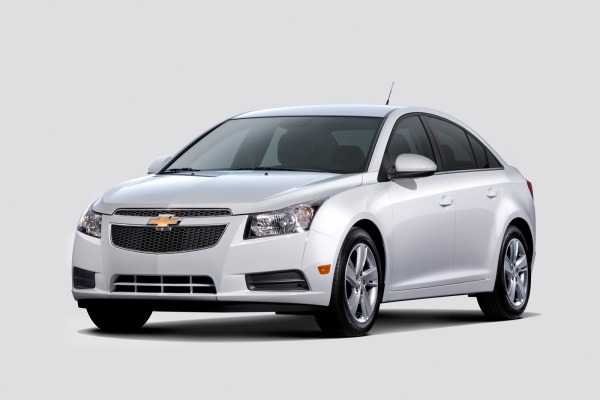
A diesel is a vehicle whose engine runs on diesel fuel rather than gasoline. Diesel engines can be found on trucks like the Chevrolet Silverado 2500HD or on passenger vehicles like the Volkswagen Jetta TDI and Mercedes Benz E-Class Bluetec. Diesels are more fuel-efficient and offer more torque than their gasoline counterparts.
Hatchback:
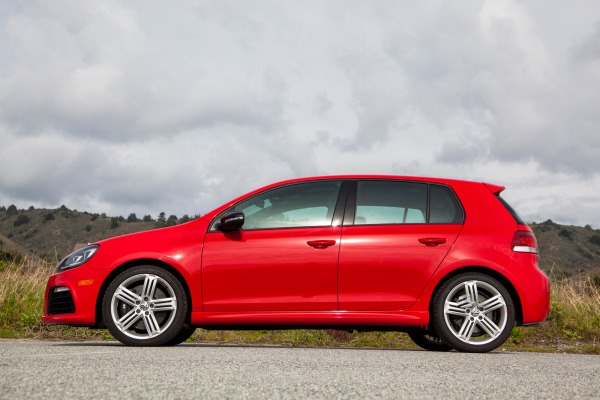
A hatchback is a car with a two- or four-door body configuration and a sloping back with a hinged rear cargo hatch that opens upward. The Honda Fit and the Volkswagen Golf are some examples. One way to differentiate a hatchback from a wagon is to see if its roof line suddenly dips past the doors. If it does, it's a hatchback.
Hybrid/Electric:
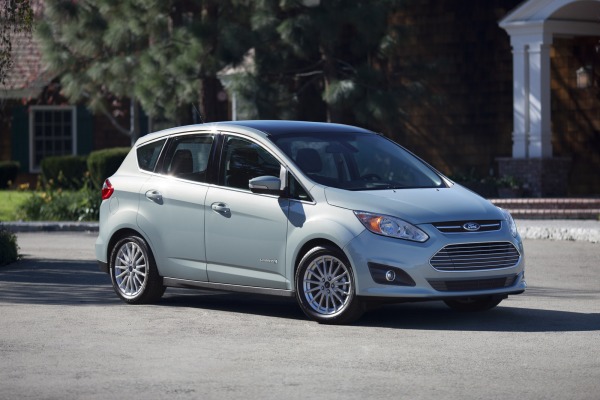
A hybrid vehicle has both a gasoline-powered engine and an electric motor that operate in unison and/or independently to propel the vehicle. Some hybrids are based on existing models like the Ford Fusion Hybrid, while others like the Toyota Prius have no gas-power-only version. These vehicles are known for their exceptional fuel economy. Electric vehicles like the Nissan Leaf or on the high end, the Tesla Model S, have no gas engine and must be recharged after driving.
Luxury:
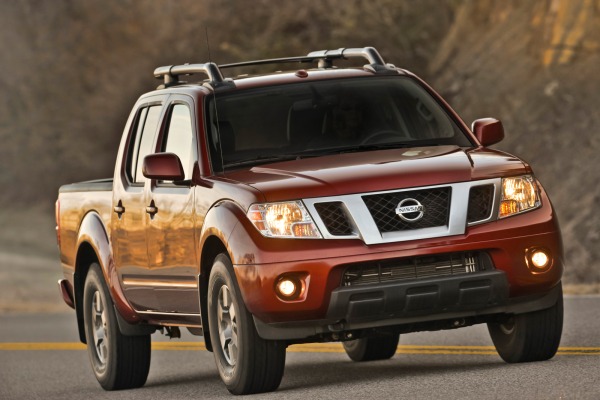
Edmunds.com bases the luxury type on the model's nameplate: Audi, BMW, Cadillac, Lexus, Mercedes-Benz and the like. However, some listed vehicles bear the nameplates of brands that are not typically considered luxury marques. These vehicles typically achieve luxury status because of their price. The $78,000 Toyota Land Cruiser is one of these.
Minivan:
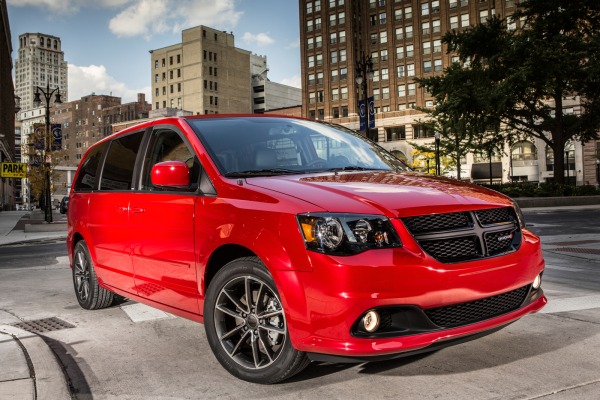
A minivan has a short hood and a box-shaped body enclosing a large passenger/cargo area. You can't go to a kids' soccer game without seeing one of these. Commonly known minivans are the Dodge Grand Caravan, Honda Odyssey and Toyota Sienna.
Sedan:

A sedan has four doors and a conventional trunk or a sloping back with a hinged rear trunk lid that opens upward. Sedans can be as small as a Chevrolet Sonic or as large as a Rolls-Royce Phantom.
SUV:
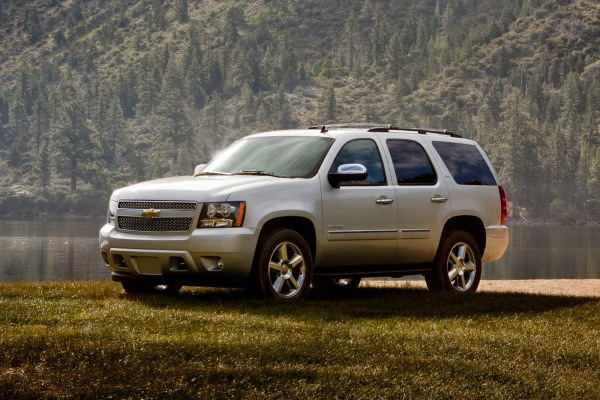
Sport-utility vehicles offer available four-wheel or all-wheel drive and raised ground clearance in combination with a two- or four-door body. Most SUVs, like the Chevrolet Tahoe and the Toyota 4Runner, are traditionally based on truck platforms.
Truck:

A truck has two or four doors and an exposed cargo bed. They can range in size from the midsize Toyota Tacoma to the full-size Ford F-150.
Wagon:
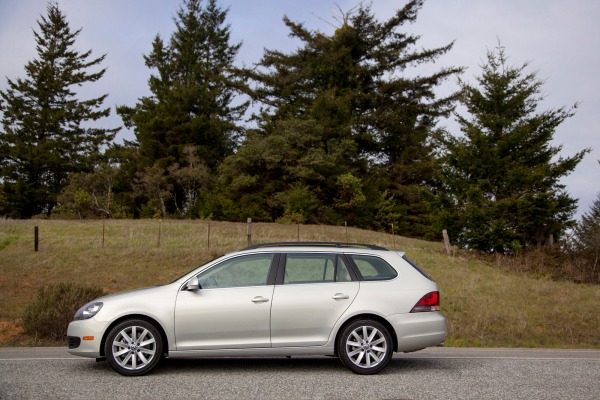
Wagons have all the same passenger room and driving characteristics as the sedans they're based on, but offer more cargo room. A few of the larger wagons even offer a third-row seat. Automakers sometimes come up with names like "Avant" or "Sportback" or avoid the term wagon altogether. Here's an easy way to determine whether a vehicle is a wagon: The roof line of a wagon continues past the rear doors. A few wagon examples are the BMW 3 Series Wagon, Ford Flex and Volkswagen Jetta Sportwagen.